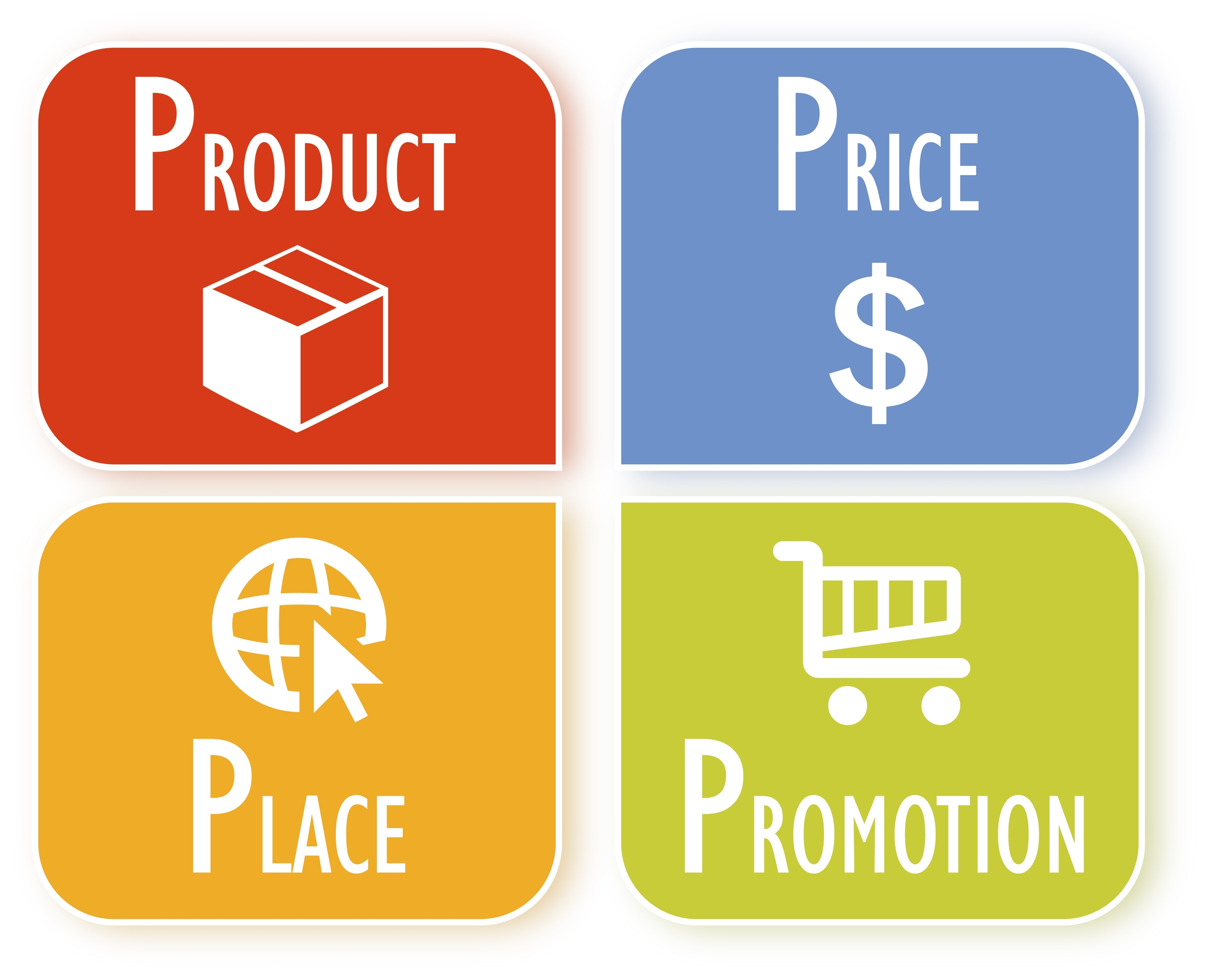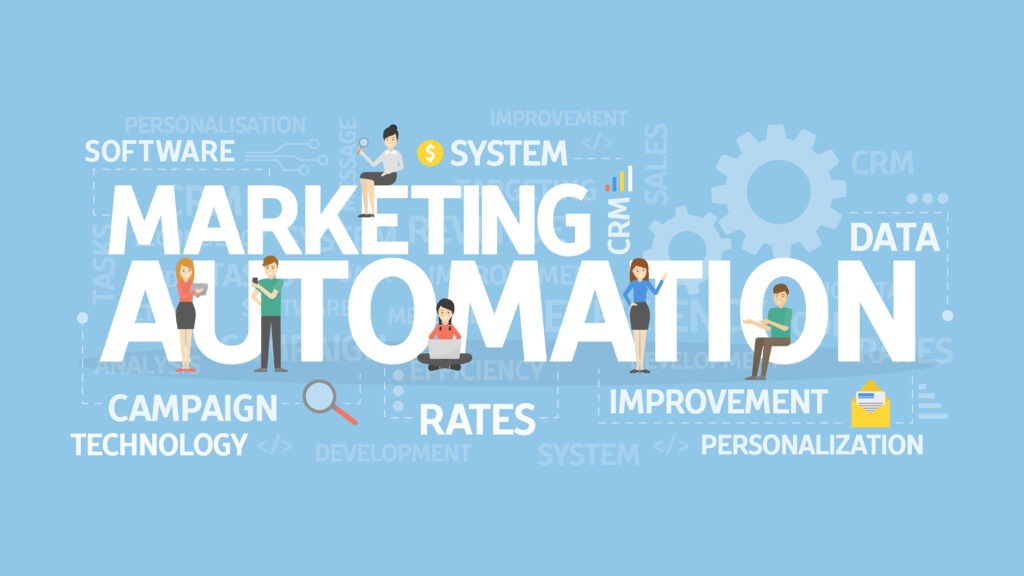
Health systems have begun to adopt virtual nursing to address workforce challenges, including OSF Healthcare (Illinois), MUSC Health (South Carolina), CommonSpirit (Chicago, IL), and more. With growing industry workforce shortages, more hospitals and health systems are implementing virtual healthcare programs to streamline workflows.
The pandemic has changed many aspects of the healthcare industry, and the healthcare supply chain has experienced the impacts too. Read on to learn how healthcare supply chain leaders can navigate virtual healthcare and be successful in the dynamic and ever-changing industry.
What is virtual nursing/healthcare?
Virtual nursing is delivering patient care and services from a remote location. The purpose is to supplement care and reduce the burden on bedside nurses. It is used in many healthcare systems such as acute care, home health, mental health, chronic care management, and more. These programs aim to reduce burnout and make workflows more efficient.
Organizations most often use videoconferencing technology for virtual healthcare, and physicians and nurses work together to monitor patients, document care, and respond to questions.
How does virtual nursing impact the supply chain industry?
COVID-19 undoubtedly impacted the healthcare and healthcare supply chain industry. Supply chain leaders have faced challenges due to the pandemic including a higher incidence of virtual healthcare, supply chain shortages, and disruptions.
What can supply chain industry leaders do to navigate health industry changes such as virtual nursing?
Adapting to the new reality, such as with virtual healthcare changes post-COVID, is critical for supply chain leaders to be successful. To address and overcome these challenges includes identifying alternate vendors to meet immediate short-term needs, collaborating with other distributors in the industry to understand current supply chain issues and trends, and learning how to transition into the new, highly virtual world of the current medical supply chain.
The challenges that have been presented in the healthcare industry post-pandemic can be navigated by healthcare supply chain leaders taking advantage of technological solutions. Share Moving Media has over 30 years of experience adapting to and navigating changes in the healthcare supply chain industry. If your business could benefit from the creation of online content such as blogs, podcasts, webinars, marketing material, and more to set your business apart in the online sphere, contact Scott Adams at sadams@sharemovingmedia.com to set up a time to meet.



